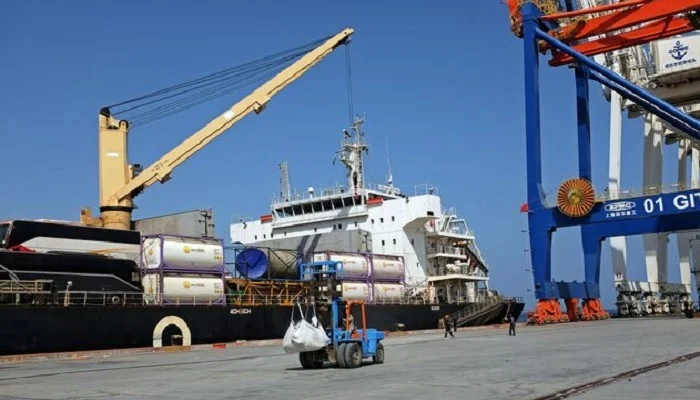Pakistan recorded a smaller current account surplus in April, declining from the previous month and the corresponding period last year, yet still surpassing expectations that had predicted a deficit.
Data released on Friday by the State Bank of Pakistan (SBP) indicated that the current account surplus fell to $12 million, marking a substantial 99% decrease from the previous month. On a year-on-year basis, the surplus contracted by 96%.
Over the ten months leading up to April of the fiscal year 2025, the surplus reached $1.88 billion, a notable improvement from a deficit of $1.33 billion recorded during the same period last year.
Most analysts had anticipated a negative current account balance, largely due to a monthly downturn in remittances. Inward remittances from Pakistanis residing abroad decreased to $3.2 billion in April, a 22% decline from the previous month.
However, remittances showed a 13% increase compared to the previous year. Inflows for the period spanning July to April in FY25 rose by 31%, totaling $31.2 billion.
The reduced surplus is primarily attributed to an increase in goods imports and a decrease in goods exports. Analysts have also pointed out discrepancies in the trade figures reported by the SBP and the Pakistan Bureau of Statistics (PBS).
According to the PBS, the total trade deficit was $3.43 billion, while the SBP reported a deficit of $2.6 billion. In April, the PBS recorded goods exports at $2.1 billion, whereas the SBP reported exports of $2.6 billion for the same month.
In April, imports of goods increased by 18% year-on-year to $5.237 billion, compared to $4.44 billion in the corresponding month of the previous year. On a month-on-month basis, goods imports also rose by 6%.
“The current account posted a surplus, driven by strong remittance inflows, unusually low dividend and interest payments, and a decline in services imports,” stated Awais Ashraf, the director of research at AKD Securities Limited.
“This improvement came despite imports exceeding this year’s average by 7% and exports falling 4% below the average,” Ashraf added.
Analysts generally believe that the current account will remain in surplus for FY25.
“We expect the country to register a current account surplus of $1.6 billion in FY25, marking the first surplus after 14 years. This improvement is primarily attributable to a significant 24% YoY increase in workers’ remittances, which are expected to reach $37.4 billion during the year,” noted Sana Tawfiq, the head of research at Arif Habib Limited.
The balance of payments data follows Pakistan’s receipt of the second tranche of $1.02 billion from the International Monetary Fund (IMF) as part of a $7 billion loan programme.
This disbursement has further strengthened the central bank’s foreign exchange reserves and bolstered macroeconomic stability, increasing confidence in the rupee and the country’s external financial position.
The foreign exchange reserves held by the SBP stood at $10.40 billion as of May 9th. According to the SBP, the IMF loan disbursement will be reflected in its reserves for the week ending on May 16th.
Last week, the IMF finalised its initial review of a 37-month loan agreement with Pakistan from the previous year, releasing $1 billion for the country. It also approved a new $1.4 billion loan to assist Pakistan in addressing climate change.
Earlier this month, tensions escalated between India and Pakistan, both nuclear-armed nations. However, following discussions and pressure from the United States, the two countries agreed to a ceasefire.



